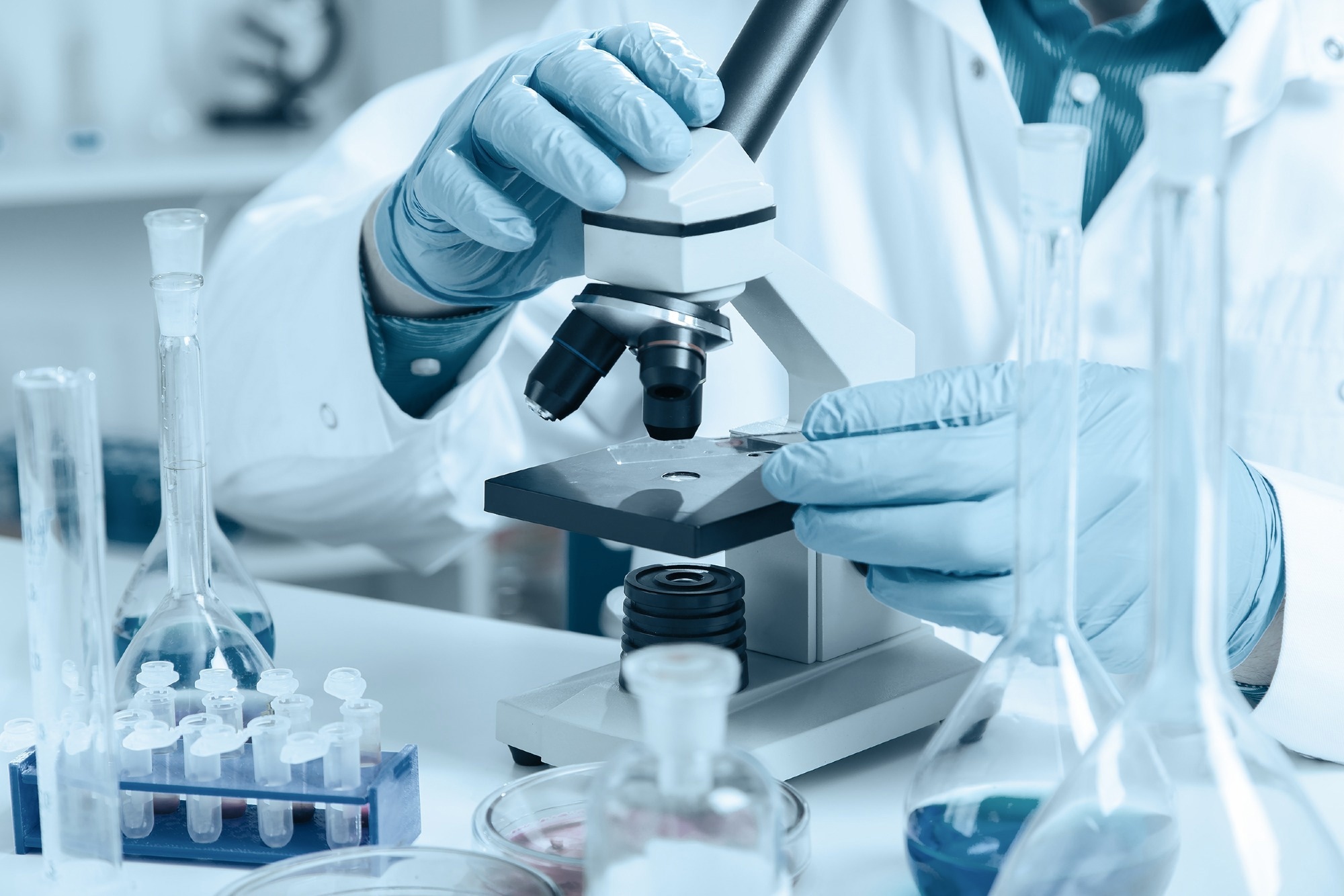Forensic sciences have radically changed the investigation of crimes. Especially in the case of sexual assaults, swab samples collected from the victims are instrumental in identifying the offender through short-tandem repeat or STR profiling.
In a recent study published in Advanced Science, a team of Canadian researchers developed a digital microfluidics-based technology for the automated processing of buccal and vaginal swabs from sexual assault victims, which, when combined with rapid deoxyribonucleic acid (DNA) analysis, can be used to swiftly process forensic samples from sexual assaults at the point of need outside the laboratory.
 Study: Toward Analysis at the Point of Need: A Digital Microfluidic Approach to Processing Multi-Source Sexual Assault Samples. Image Credit: Alex_Traksel/Shutterstock.com
Study: Toward Analysis at the Point of Need: A Digital Microfluidic Approach to Processing Multi-Source Sexual Assault Samples. Image Credit: Alex_Traksel/Shutterstock.com
Background
Statistics suggest that close to half a million sexual assaults occur in Canada every year, of which more than 90% go unreported, partly due to reluctance from the victims to undergo the slow process of forensic evidence analysis. The development of methods to rapidly and reliably analyze forensic evidence could encourage victims to report sexual assault crimes.
The analysis of forensic evidence from sexual assaults involves the collection of biological samples from the victim or the crime scene to analyze the DNA. Traditional forensic analysis methods are conducted in a laboratory, where the DNA from different sources is first separated and then analyzed.
The recent advances in rapid DNA technology have automated processes such as DNA extraction, amplification, and profiling but still require skilled analysts to interpret the data, especially from samples involving mixed DNA.
Differential extraction, which is used in the laboratories to separate the DNA, is labor- and time-intensive and requires skilled technicians, which can significantly delay the processing of the samples.
About the Study
In the present study, the researchers developed a microfluidics system that can automate the DNA separation process. It is miniaturized to allow mobile forensic testing and accelerate the analysis process.
The method was developed for STR analysis using vaginal swabs obtained post-coitus and uses the digital microfluidics technique, where electric potentials are used to manipulate small fluid droplets, which can then be split and moved using electrodes.
The ‘digital’ nature of the term arises from the fact that the electrode space can either contain or not contain a fluid droplet.
Digital microfluidics allows precise control over reagents and has been used for other applications such as genome sequencing and enzyme-linked immunosorbent assays. The differential digestion step, which involves the separation of the sperm cells from the different cells in the sample, is automated.
The researchers outlined the development of the automated digital microfluidics-based protocol for differential digestion. They used semen-spiked buccal swabs and post-coital vaginal swabs to test the effectiveness of the protocol. The samples were then analyzed using a fast DNA profiling method and other conventional laboratory-based methods for comparison.
The researchers used glass substrates to fabricate the digital microfluidic chips. They coated them with multiple layers, including a hydrophobic layer, to aid the free movement of droplets on the surface. The DNA extraction process occurred in a temperature-controlled system to ensure that the optimal conditions for the biochemical reactions were met.
The study describes, in detail, the protocols observed for the collection and preparation of samples, the differential extraction process to separate the sperm cells, and the quantification of the DNA, along with the amplification and analysis of STRs.
Major Findings
The study showed that the integration of digital microfluidics into the process allowed eight out of the 13 steps involved in conventional differential digestion to be automated. The entire digital microfluidics-based differential digestion was completed in 45 minutes.
Furthermore, the extraction efficiency of the digital microfluidics-based method was significantly higher, with 27% of the male DNA being extracted from the buccal swabs as compared to the 8%–9% recovered through conventional extraction methods.
The efficiency of the method was then tested using vaginal swabs collected at different time points after intercourse, ranging from one hour to 72 hours. The study found that the digital microfluidics-based method yielded male DNA samples of high purity within 48 hours after coitus.
The STR analysis results were consistent with those of the new automated method involving rapid DNA analysis and conventional laboratory-based methods. These findings emphasized the compatibility of digital microfluidics with rapid DNA analysis technologies.
However, the STR profiles indicated single-source male DNA only for samples collected 12 hours post-coitus. For samples collected after 12 hours, the STR profiles were mixed, which is believed to be due to sperm degradation.
Conclusions
Overall, the results showed that the digital microfluidics-based method was a promising forensic analysis tool that could automate, accelerate, and enhance the processing of samples from sexual assaults. Although the validation for the process is pending, the researchers have also further optimized the method to decrease the processing time to five minutes.
The future directions involve the complete automation of the process for use outside the laboratory, allowing the technology to be entirely mobile and be used at the point of need.
Journal reference:
-
Elsayed, M., Bodo, L., Gaoiran, C., Keuhnelian, P., Dosajh, A., Luk, V., Schwandt, M., French, J.L., Ghosh, A., Erickson, B., Charlesworth, A.G., Millman, J. & Wheeler, A.R. (2024). Toward Analysis at the Point of Need: A Digital Microfluidic Approach to Processing Multi-Source Sexual Assault Samples. Advanced Science. doi:10.1002/advs.202405712. https://onlinelibrary.wiley.com/doi/10.1002/advs.202405712